
As defined by Nigel, 'long exposure' means any image shot with the shutter open for more than about 1 second. The technique is usually used either:
a) when light levels are so low that the only way to get a corrently exposed image is to open the shutter for a long time (eg at dusk, dawn and at night);
b) when you want to blur movement within the image, most usually water.
Such long exposures inevitably mean putting the camera on a #tripod, as it is impossible to hold the camera completely still for such long periods.
Shooting with this technique is straightforward enough when light levels are low - you just put the camera on a tripod, and let the camera's exposure meter determine how many seconds are needed.
But what about when you want to do this in broad daylight, especially in sunlight, primarily to blur movement? Under these conditions a shutter speed slow enough to give movement blur is unachievable - there is just too much light, and the camera has to use a faster shutter speed to prevent the sensor from becoming hopelessly over-exposed.
The solution? Use a neutral density #filter. These darkened filters cut down the amount of light passing through the lens, greatly increasing the exposure time possible. Filters come in a range of grades that increase exposure time from just two-fold up to over 1000-fold, giving enormous flexibility for the amount of motion blur you might want to generate in the final images. In this talk Nigel goes into the details and techniques for using these filters.

.png) 5 months ago
38
5 months ago
38





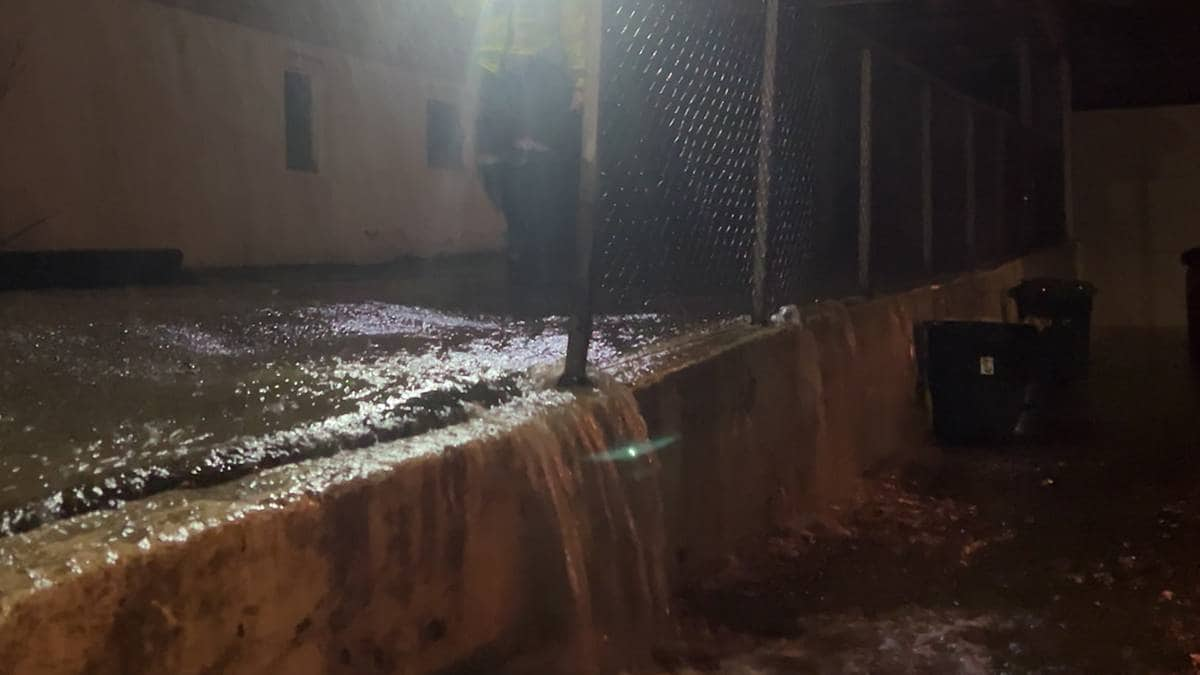
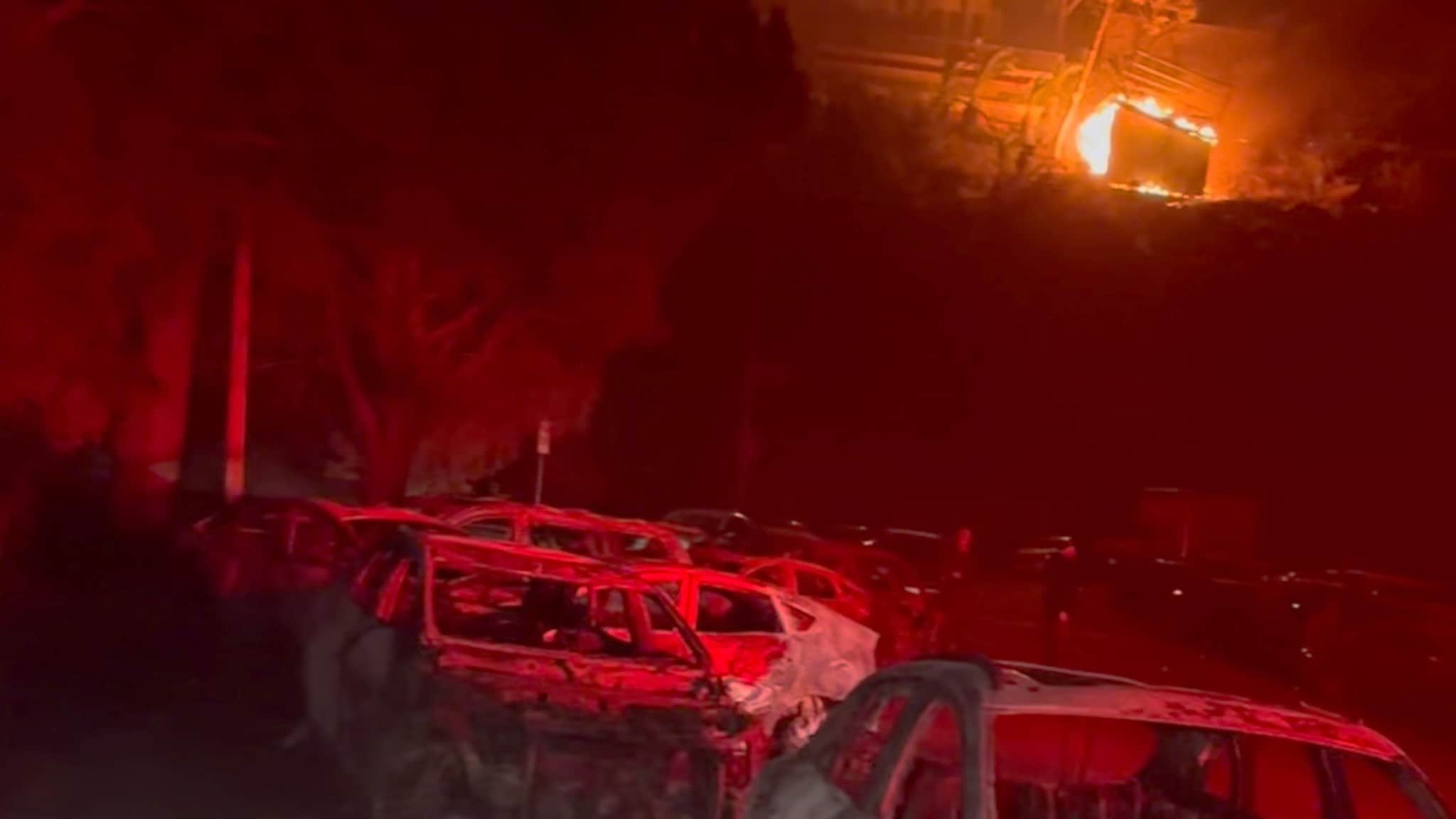

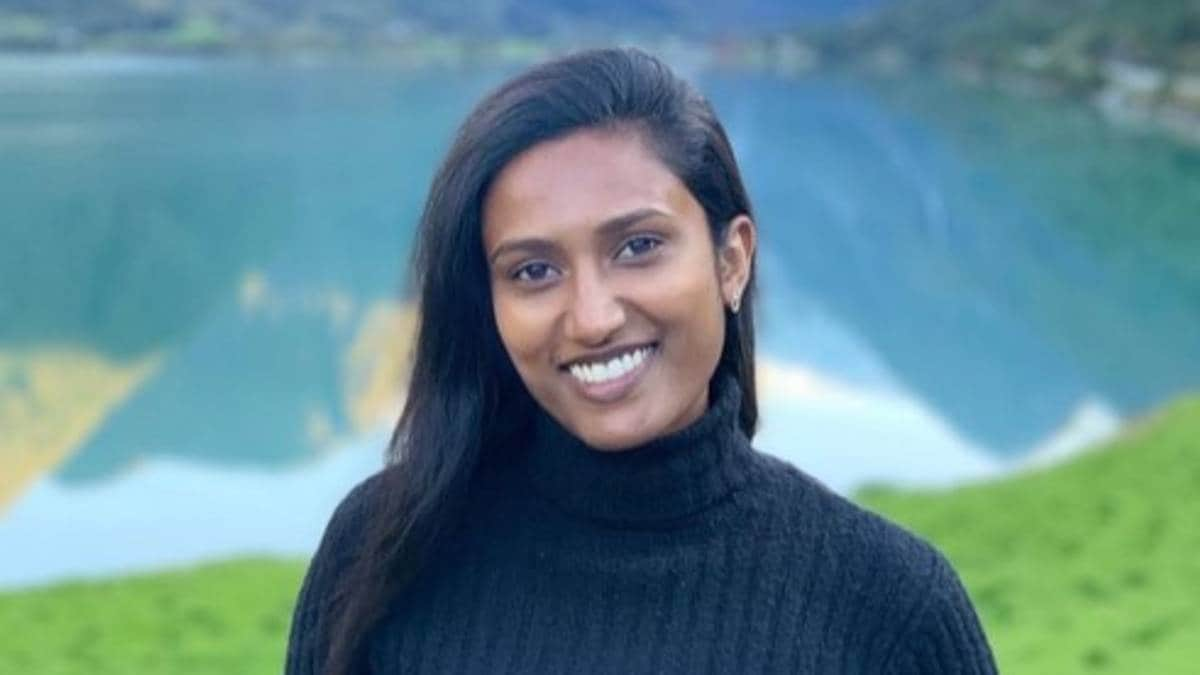

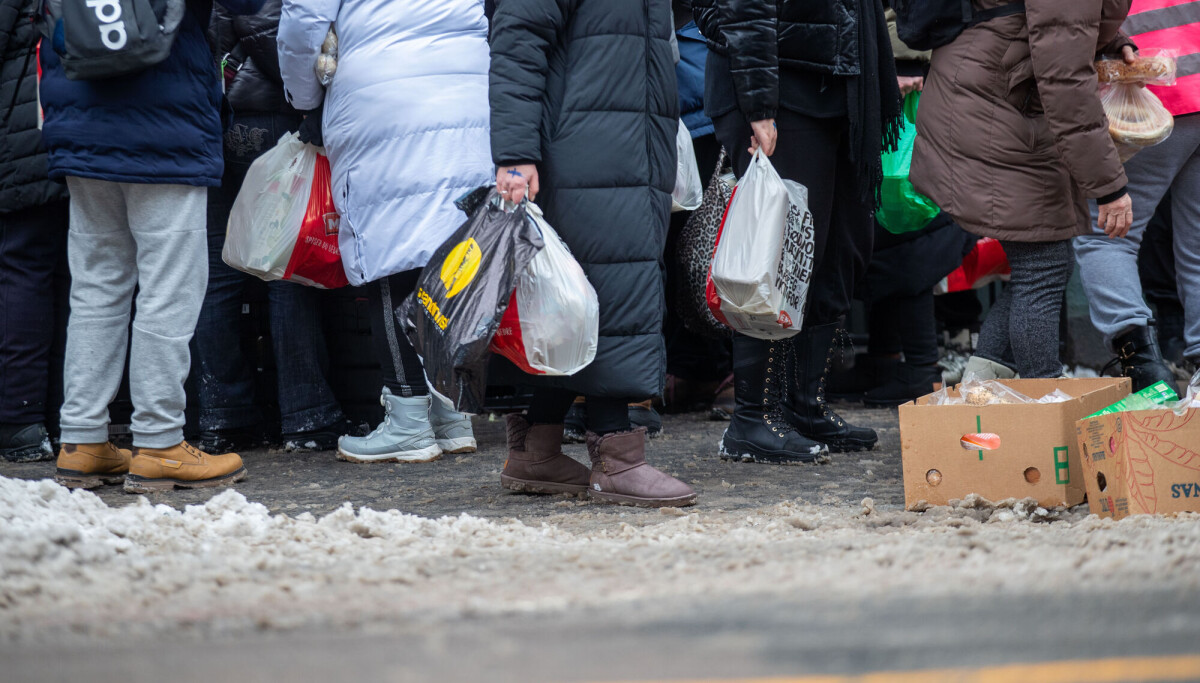

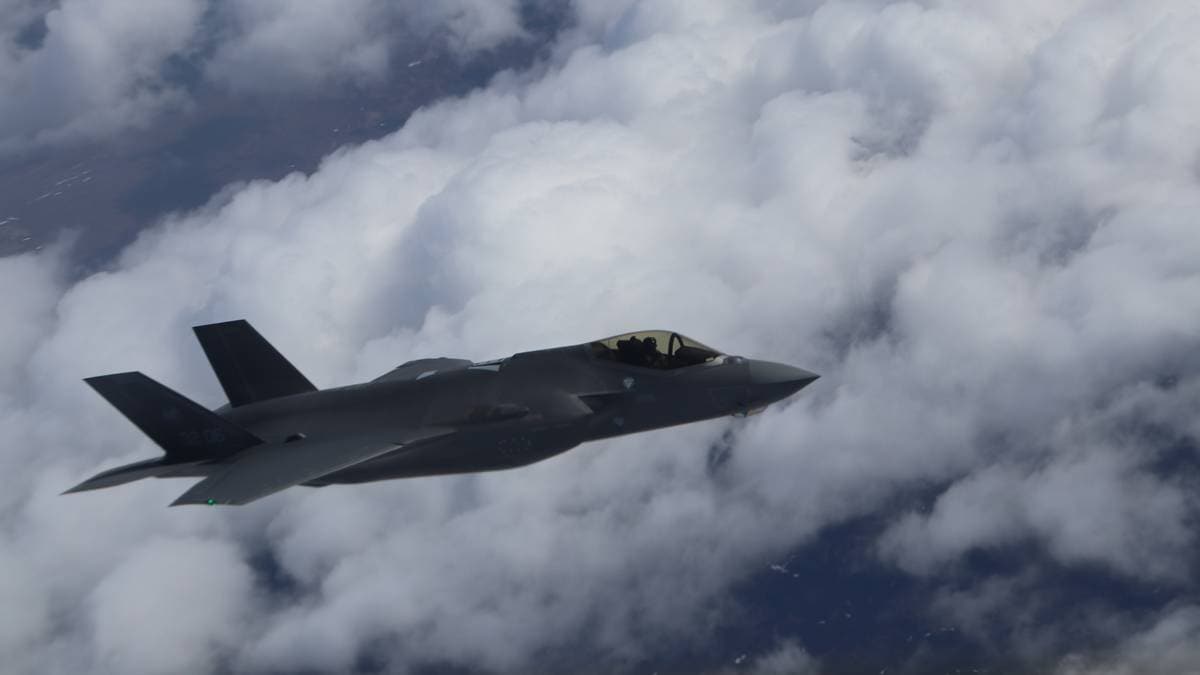






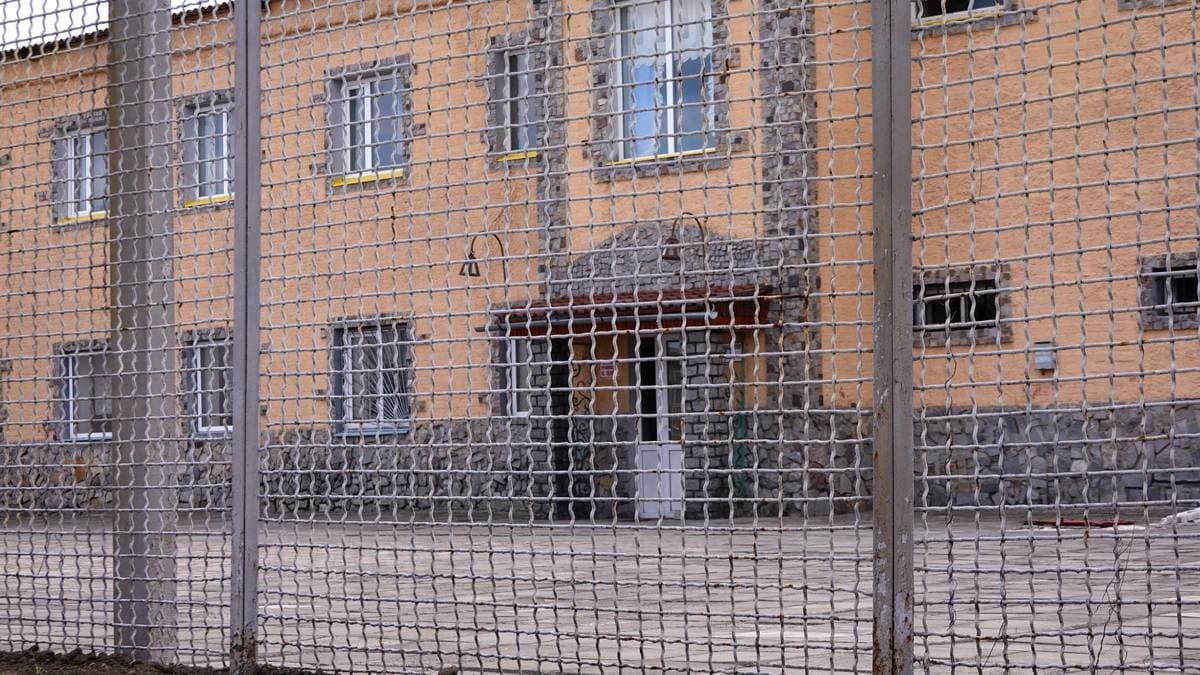
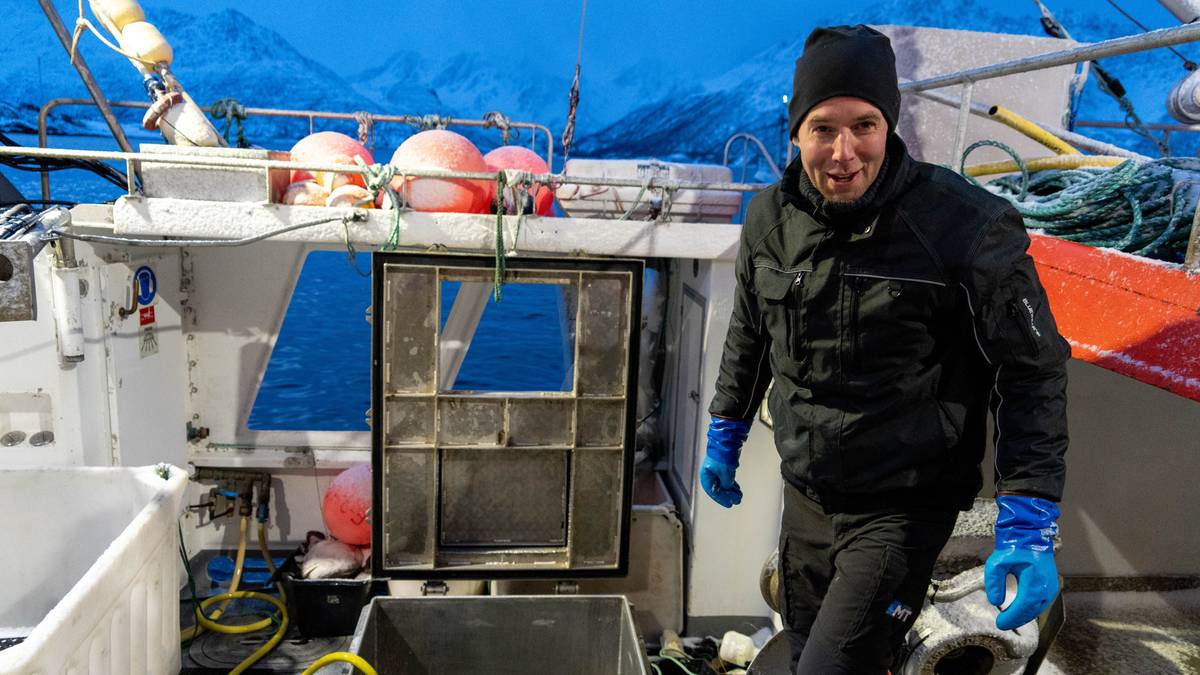

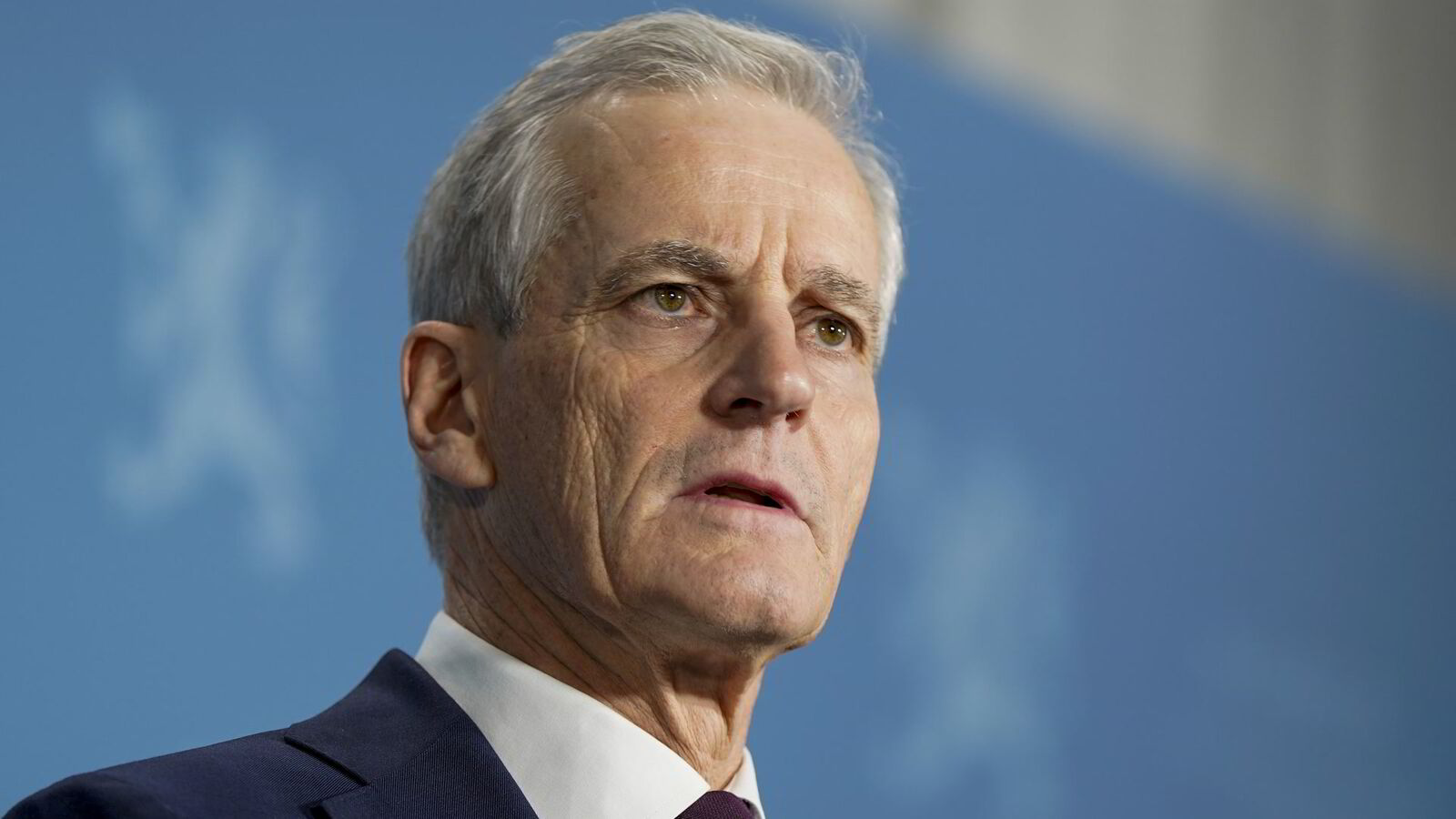

 English (US)
English (US)